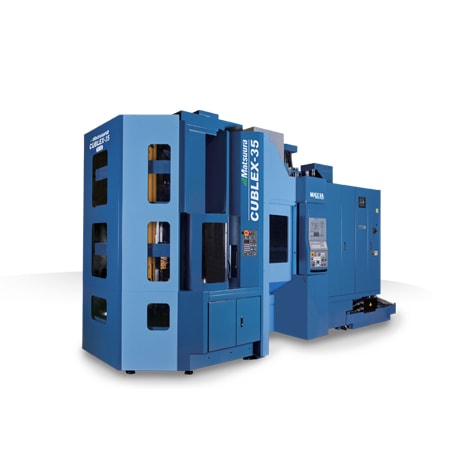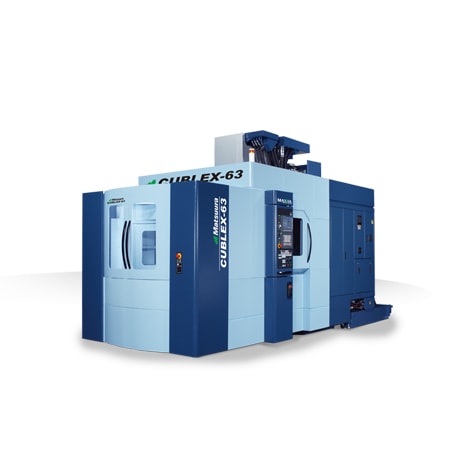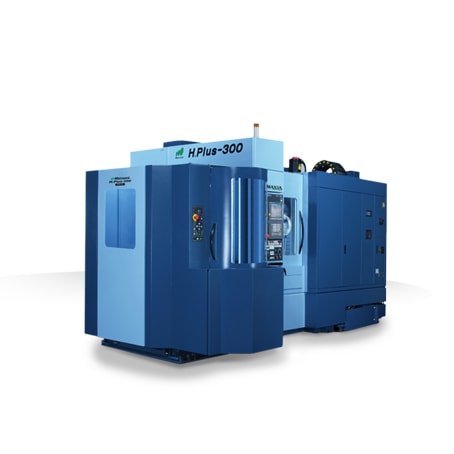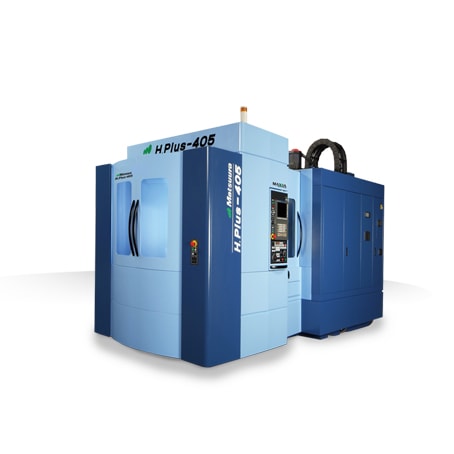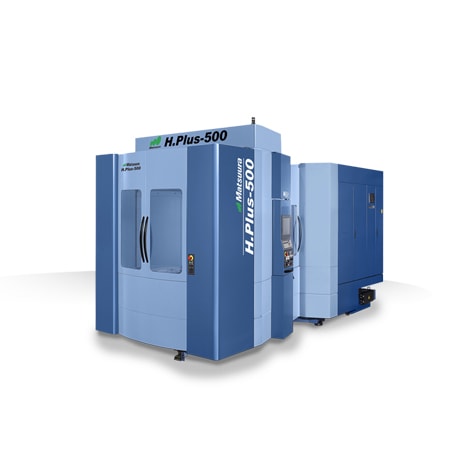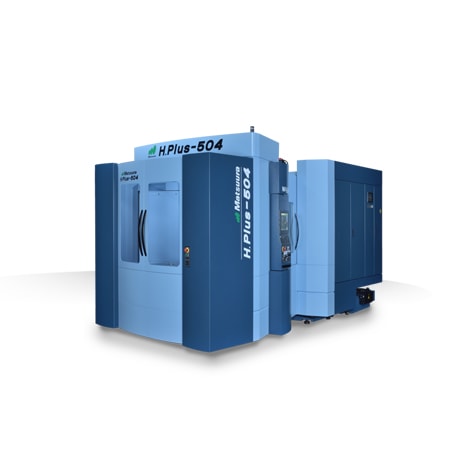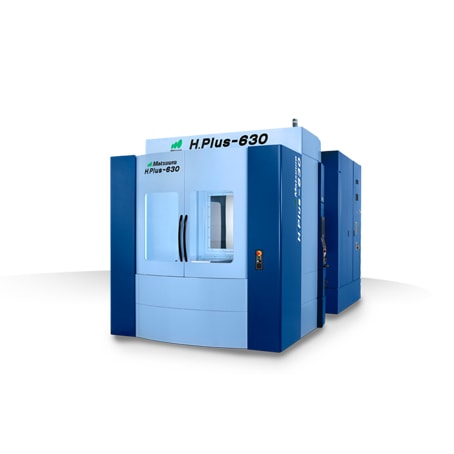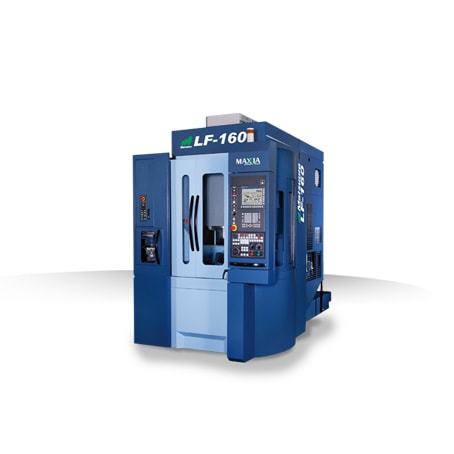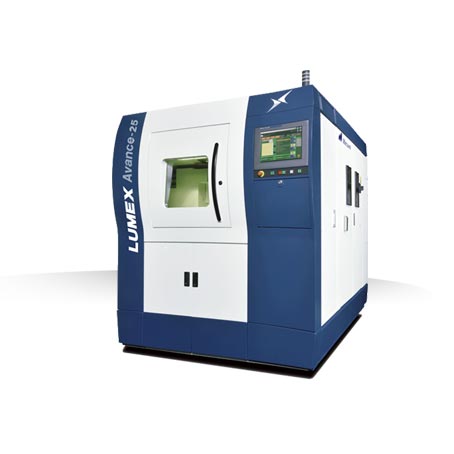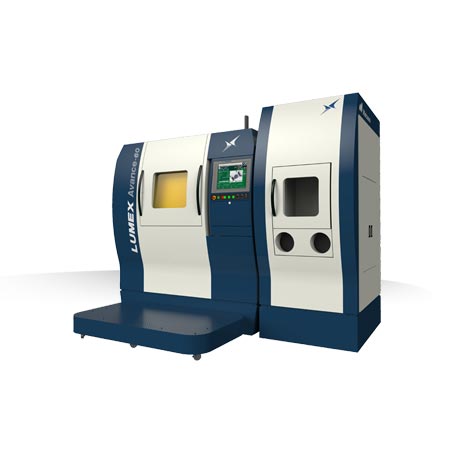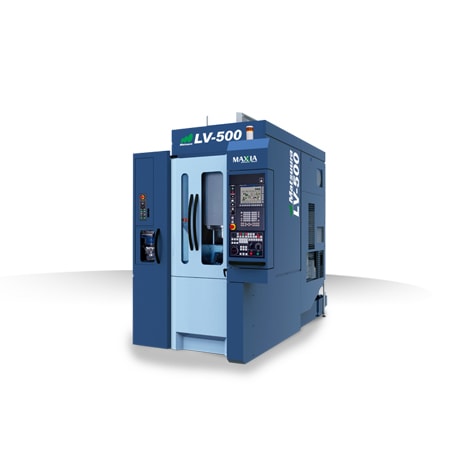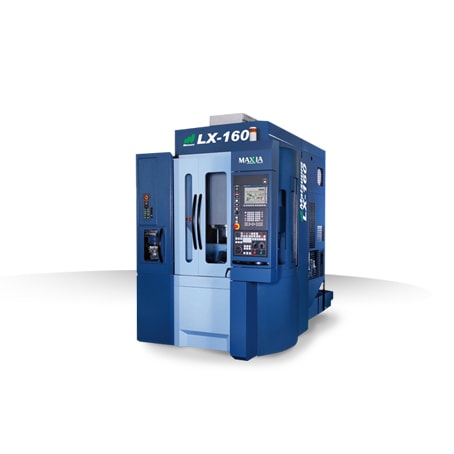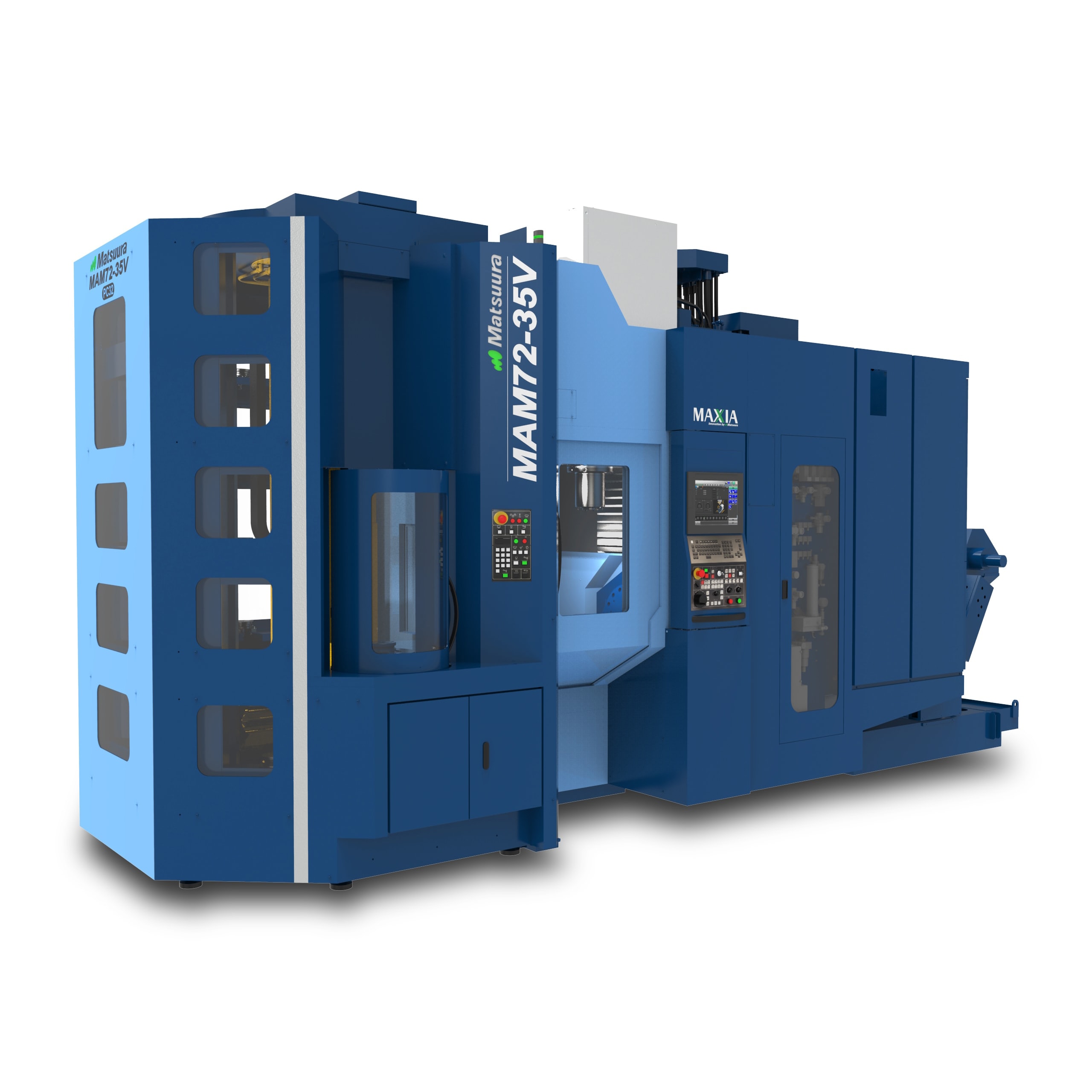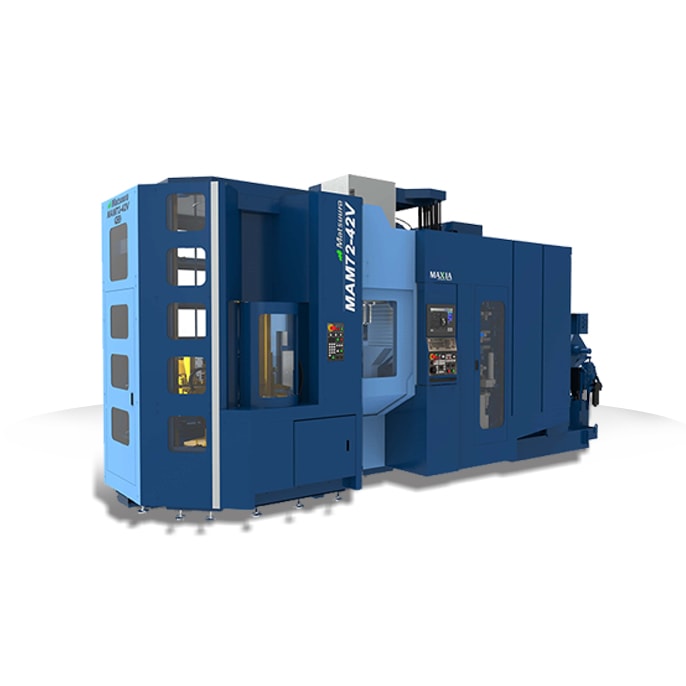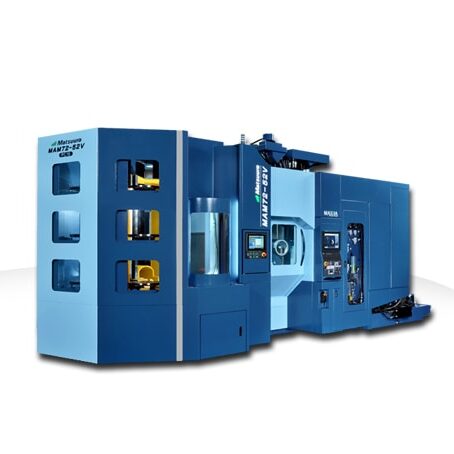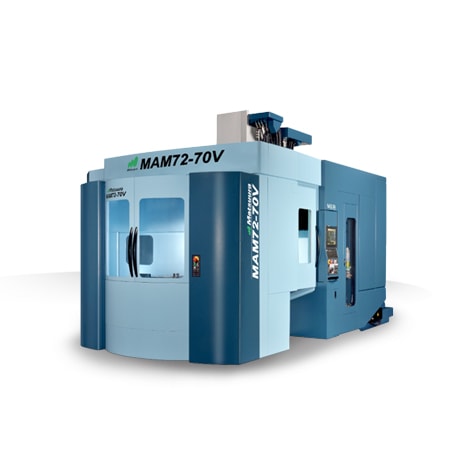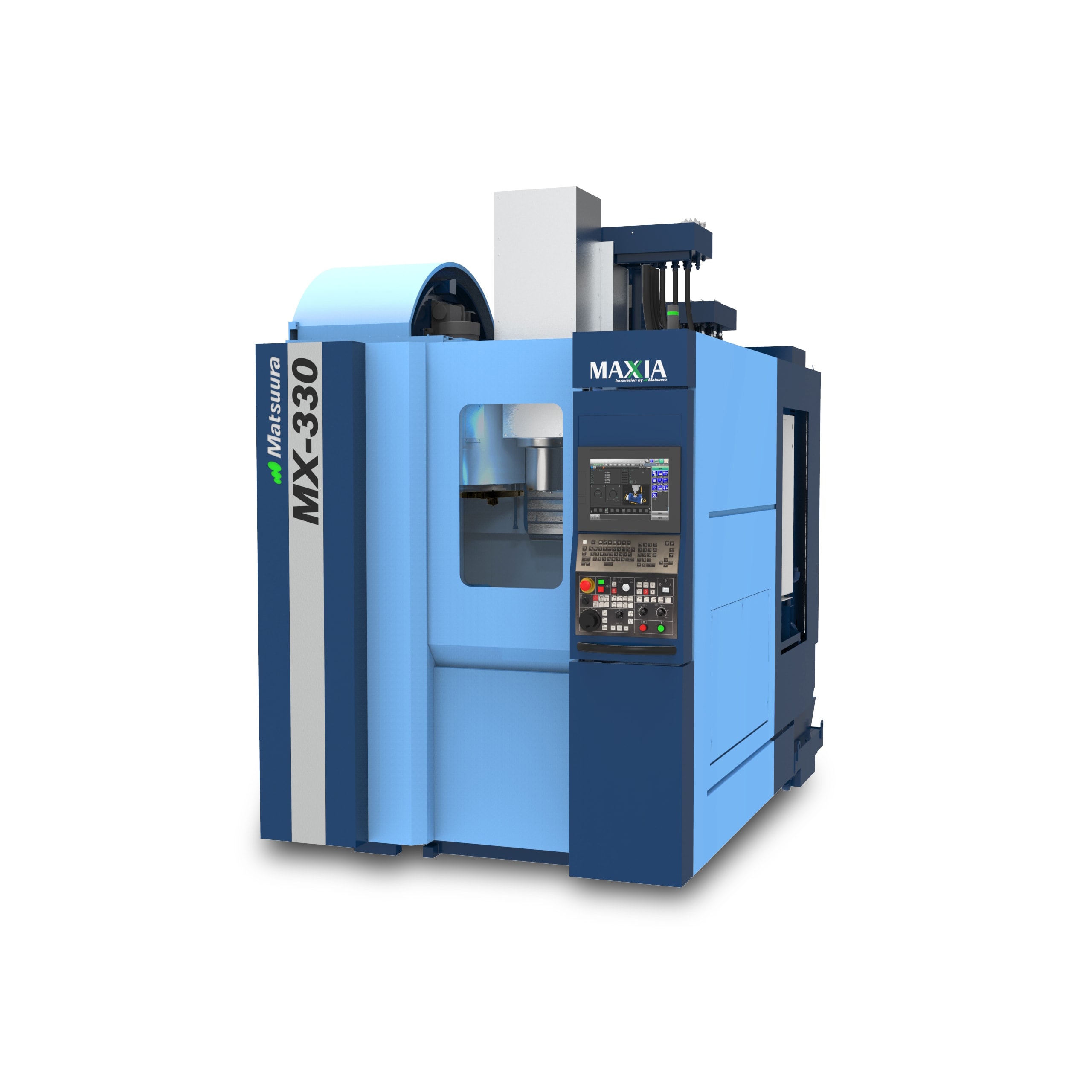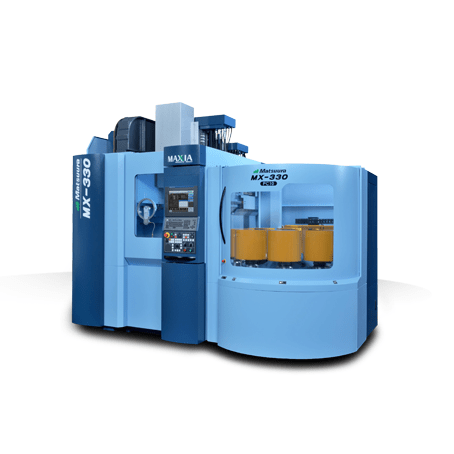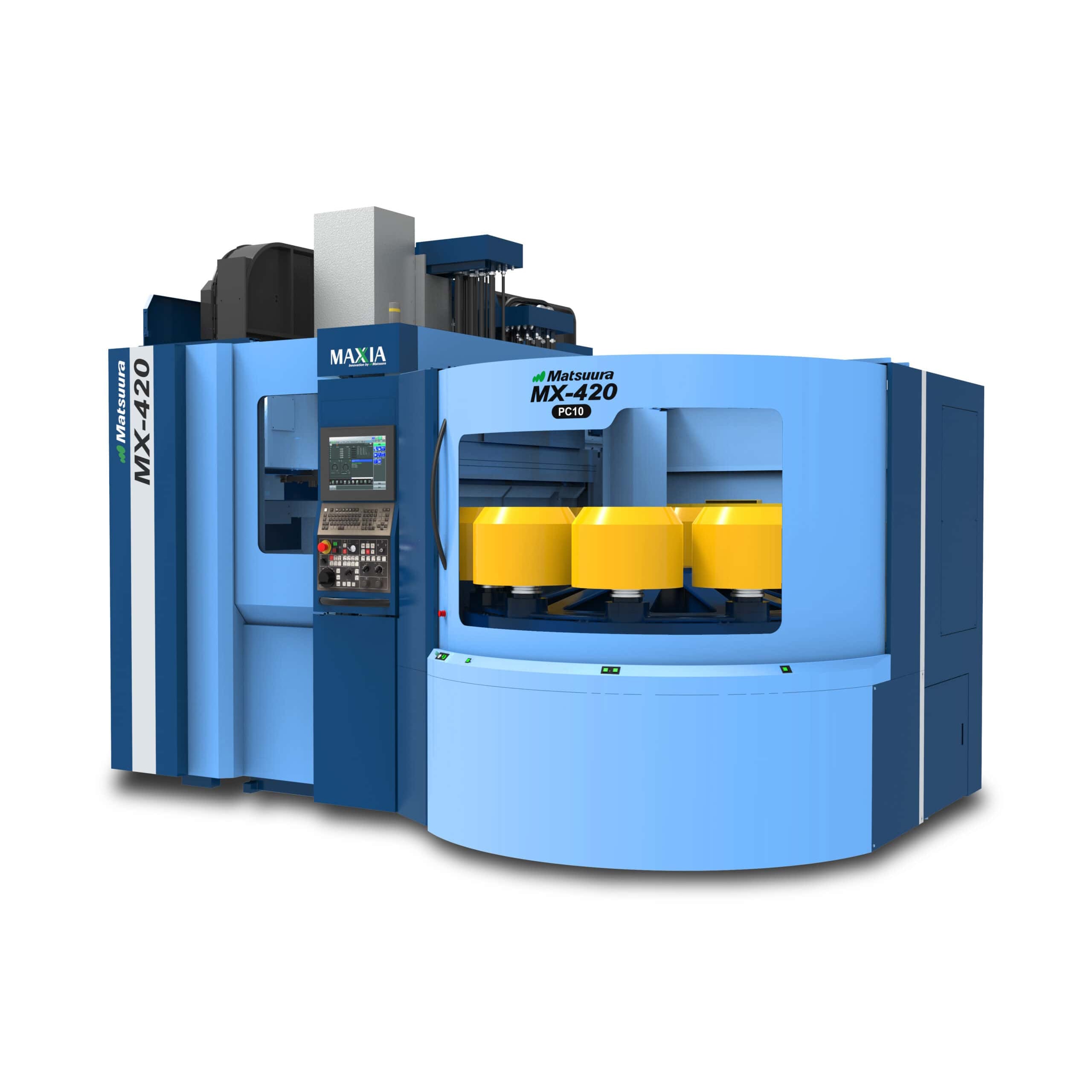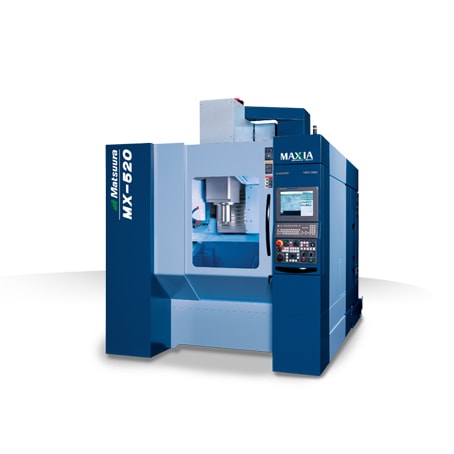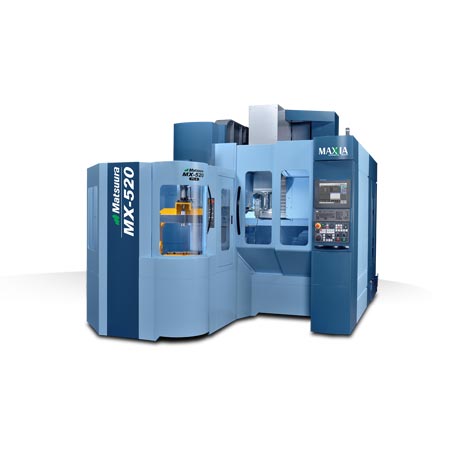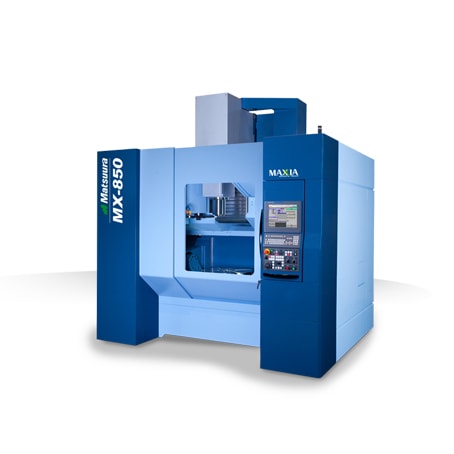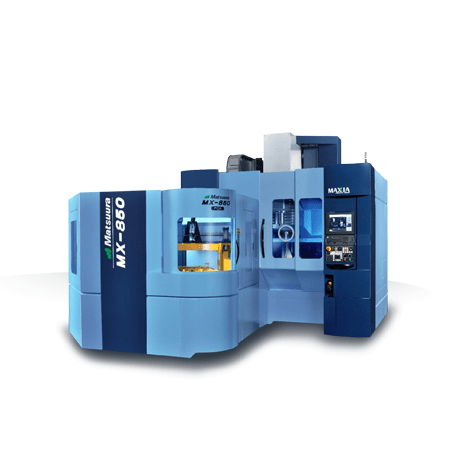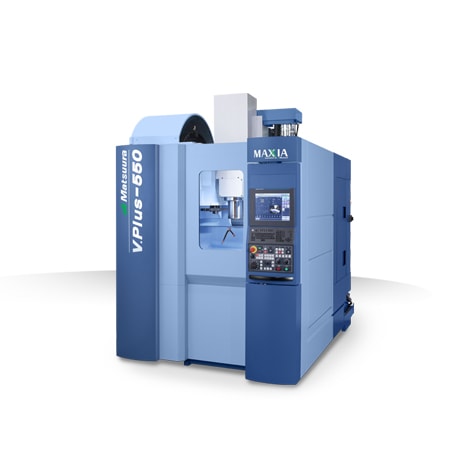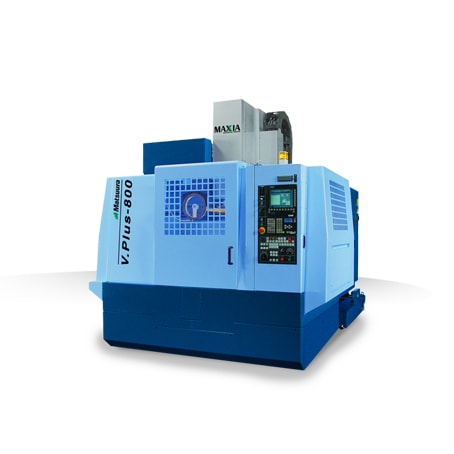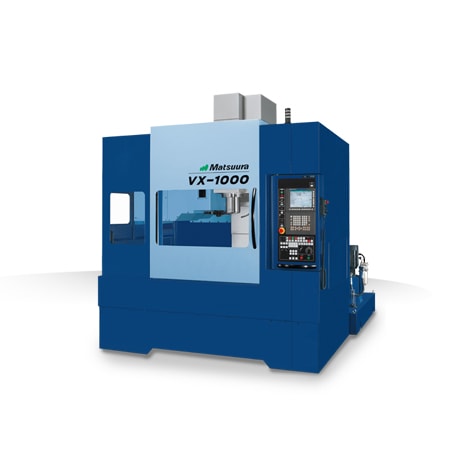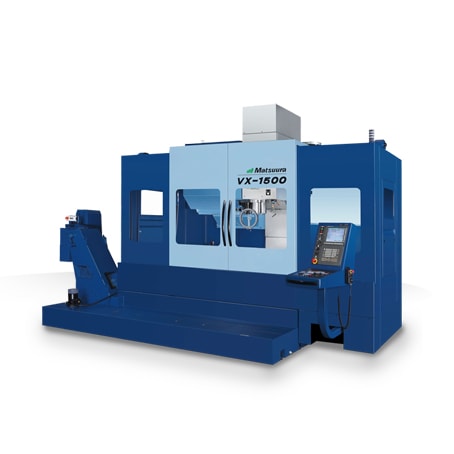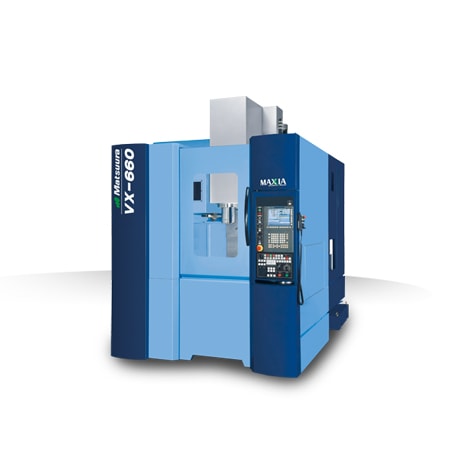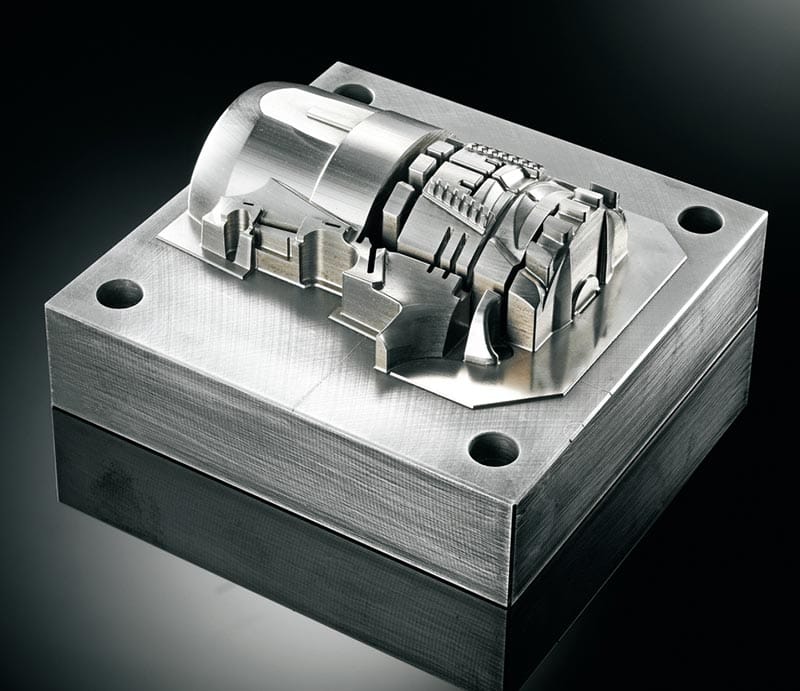
Canadian Metalworking
Joe Thompson: [email protected]
St. Paul, MN (January 23, 2018) —AM has completely disrupted the part design paradigm. Instead of starting from a block or some other traditional geometric shape, the designer now can truly start with a blank page.
Manufacturers specializing in aerospace and medical part production have quickly gotten up to speed on the benefits of metal additive technology.
Advancements in these machines, including the merging of additive and subtractive technologies in a single work zone, enable these manufacturers, as well as those in other sectors and supply chains, to create a new crop of complex parts using both technologies.
According to SmarTech Publishing’s “Additive Manufacturing with Metal Powders 2017” report, the primary market for metal additive manufacturing, including metal additive manufacturing (AM) systems and metal powder materials, exceeded US $950 million in 2016. Over the next decade, models show the metal AM market will grow to over US $6.6 billion.
Hybrid Technology
Matsuura’s combination of additive and subtractive technologies enables the production of parts and component geometries in a method that has never been possible or imagined. Often referred to as a “one machine, one process” system, the Matsuura LUMEX series permits production of the most complex and challenging parts through total manufacturing by digital engineering using 3-D data.
“The use of AM technology and hybrid AM in particular, requires the part/mold designer to re-evaluate all past practices especially as they relate to utilizing creative geometries, such as hollow structures, that were not possible before. Variable density material properties help with weight reduction and in injection mold design for gas venting inserts. AM will become mainstream when the next generation of designers who have trained with AM technology arrive,” said Tom Houle, Matsuura LUMEX director for Matsuura Machinery USA.
The hybrid process of Matsuura’s machines produces highly accurate parts from metal powders that are melted and sintered using a laser while surfaces are precisely milled at high speeds. These machines possess both high-speed milling and laser sintering capability. Engineers are free to conceive innovative ideas and revolutionize conventional manufacturing.
“The hybrid technology creates a ‘finished’ part with machining like surface finish and accuracy without inducing the additional variation caused by multiple machine setups and part handling,” explained Houle.
These machines can also create machined surfaces on internal structures of the workpiece, if necessary. This is not possible when using two separate machines.
The Matsuura LUMEX Avance-25 metal laser sintering hybrid milling machine uses metal laser sintering (3-D SLS) technology with high-speed milling technology.
Sintering Operation
The term sintering is really a generic description of the process that most metal AM machines use. According to Houle, all metal AM machines sinter layers of metal to each other in some form or another – a process that also is sometimes referred to as selective laser melting.
“The technology utilized in the Matsuura LUMEX series is more accurately described as powder bed fusion with selective laser melting,” he said.
The process begins when the laser melts a specified thickness of powder. This layer thickness can vary based on the material that is being sintered.
The Matsuura LUMEX has a two-blade squeezing system. The leading blade clears the path for the new powder layer, and the trailing blade smooths and compacts the new powder layer.
“Because our builds are created using a coordinate system, if we encounter increased force on the front squeezing blade, the machine will abort the sintering pass and automatically start a machining pass to re-condition the previous layer to a known location, allowing the build to continue. This simple operation can prevent almost all build failures that can be devastating in sinter-only machines.”
The Matsuura LUMEX Avance-25 is capable of processing parts up to 256 by 256 by 185 mm, with an option allowing processing of 256 by 256 by 300 mm. A machine with a larger work envelope also is available.
It’s not a machine that builds a part simply by using AM technology for the entire part and then uses the high-speed milling feature to create a machined finish either.
The unique sinter/machine/sinter/machine sequential process calls for a machining program to run after a set amount of building passes. A machining pass typically follows after every 10 sintering passes, but this is a variable that can be set by the user.
“This means that we are only dealing with a 0.5-mm build height for any machining program, which is a simple 3-D machining path,” said Houle. “The powder bed fusion technology provides excellent stability and repeatability, allowing the machine to know where in the coordinate system the build is taking place and help maintain the overall accuracy of the completed part.”
Moldmakers Take Note
This is equipment that is exciting manufacturers across a range of sectors, but the Moldmaking industry is taking notice.
“The hybrid technology is a proven solution for Moldmakers,” said Houle. “In most cases, the proper implementation of the hybrid technology in a mold component will eliminate the need for EDM. This in and of itself is a large time saver in the mold build process.”
In addition, because many components can be completely machined in the hybrid machine, there is an elimination of queue times to get other work completed on a component, typically reducing overall mold build time.
“The benefit to the owner of the mold is clear: improved cycle times, sometimes as much as 50 per cent using conformal cooling, and improved part yields and initial part quality by utilizing the variable porosity capabilities of the powder bed fusion process to assist in the venting of mold gases in the flow front,” said Houle.
For the Moldmaker, the benefits are also clear but a little less quantifiable.
First, proper use of hybrid AM technology should minimize the amount of tool grooming (tweaking) that is typically required during mold development projects. Second, by delivering better-performing molds for customers the Moldmaker can create value in its products. Finally, because the machine runs a majority of its time unattended, the Moldmaker can be generating value without having to supply an expensive labor component.
“AM has completely disrupted the part design paradigm. Instead of starting from a block or some other traditional geometric shape, the designer now can truly start with a blank page and ‘grow’ their designs for lightest weight, sleekest design, and most efficient use of material. The AM process is truly creating freedom of design never before seen in the manufacturing world,” said Houle.
The Big 3
Three key questions are driving the curiosity of manufacturers:
- Is the hype behind the AM movement real?
Houle: First and foremost, AM in general is being described as the manufacturing platform of the future, and the hybrid version of metal AM is an innovation that provides some direct benefit that customers can see clearly.
For Matsuura in particular, because we are built on a machine tool platform (casting, boxed ways, etc.), customers are seeing how they can benefit from this rigid, robust system on a manufacturing floor and not just in an experimental lab somewhere.
I think this is contributing to the evolution of AM from an experimental technology housed in a controlled laboratory environment accessible only to the scientists to one where AM is an integral component of any machining line. This change is driving AM and hybrid AM technology excitement.
- How do shops prepare?
Houle: Any shop that has the intellectual capital to handle the new technology that has been made available in the last 10 years or so, such as 5-axis machining, automated pallet changing, and automated workholding, already is experienced with integrating new technology into their culture.
AM is just another tool that can be used to make the good shops better and more efficient while adding value to the components that they produce. In the end, AM will become a stronghold in manufacturing when the designers of metal components start implementing the tools that AM provides into their products.
Like any new operation in a shop, it also requires training. At Matsuura we include training on all our machine sales, and not only initial training, but also ongoing technical training at set periodic intervals after the machine is installed. Couple that with technical phone support and local support through our network of machine dealers, and using past best practices from other customers, a new Matsuura LUMEX customer has access to a range of resources to help assist in developing the best practices not only for powder handling, but also component design and build strategies.
- What will be the next big addition to hybrid technology?
Houle: The next change for hybrid technology will be the ability to increase speed and layer more complex machining programs into the milling function, eliminating even more downstream post-processing.
The Matsuura LUMEX line is available in the US (Matsuura Machinery USA, Inc.) and Canada (Elliott-Matsuura Canada).
For more information on Matsuura products in the US, please contact: [email protected] or visit: www.matsuurausa.com.
